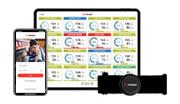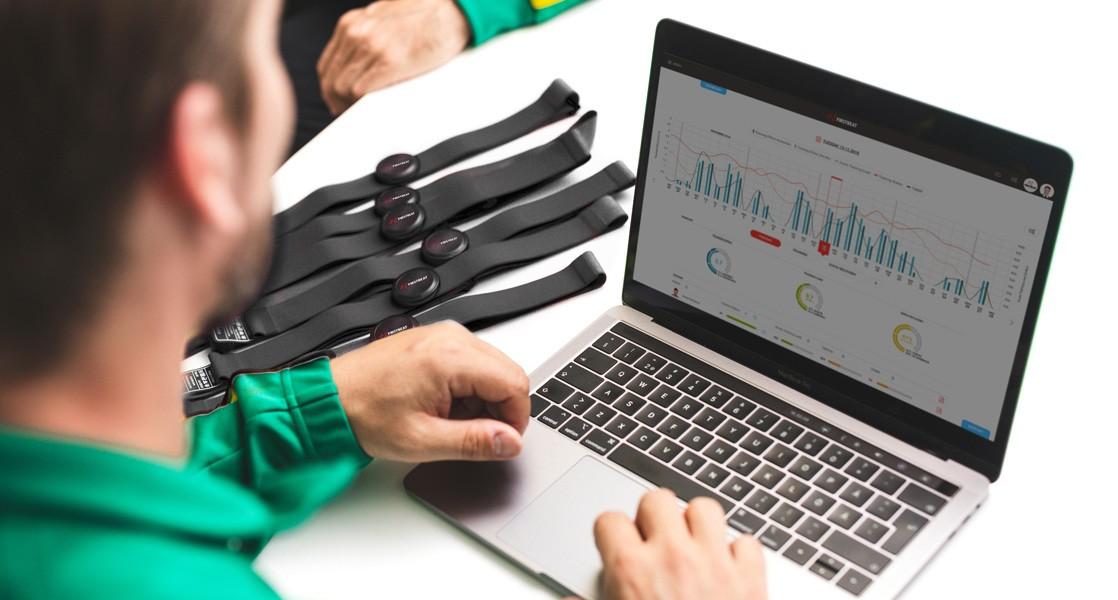
Training Status is a feature available to Firstbeat Sports Premium and Premium+ users. It describes the balance of training for an individual athlete.
Each athlete’s physiological profile is different and their recovery needs and responses to training are individual, so using Training Status can help coaches make the correct decisions to support optimized training and avoid injuries.
Want to get insights into an athlete’s ideal stress-recovery balance? Download our guide here
In this article, we look at how Training Status is calculated, the Training Status scale, and what conditions lead to a well-balanced Training Status score.
What is Training Status?
Training Status gives coaches an instant insight into their players’ current situation. The easy-to-interpret metrics gives you immediate information from data that would otherwise take a lot of time and resources to analyze.
The Training Status score (0-100 scale) is calculated by factoring in Acute Training Load and changes in load (Acute:Chronic Workload Ratio) compared to body responses (Recovery). Data is weighted for reliability and availability when calculating the overall Training Status score.

What Training Status Score Should you be Looking for?

The Training Status scale is as follows:
- Well balanced: Over 70
- Moderately balanced: 30-70
- Out of balance: Below 30
A well-balanced Training Status is achieved under the following conditions:
- There is adequate training load
- ‘Good’ training has taken place in the past and short and long-term training load are balanced. I.e. Training load is not changing rapidly
- The body is responding well to training, indicated by effective recovery
The Three Factors Behind Training Status
- Acute Training Load
Acute Training Load is calculated from the TRIMP sum during the last 7 days which is then compared to the personalized Training Load scale. Adequate training load facilitates development of fitness and performance and helps to avoid injuries. - Acute:Chronic Workload Ratio
Chronic Training Load is calculated based on typical training load over the last 28 days. It is then compared to Acute Training Load. To avoid injuries, it is important to avoid very quick changes in training load. The ‘sweet spot’ of training is when the ratio is around 1.0. When less than 1.0, the player is training less than they typical do. When over 1.0, the athlete is training more than they have typically during the last month. - Recovery
Recovery is calculated based on the average of the three most recent Quick Recovery Test (QRT) measurements. For recovery to be applied to Training Status, at least three QRT’s must have taken place within the last 14 days. More recent QRT’s are weighted to have more importance. When recovery is ‘good’, the body is responding well to training and the risk for overuse injuries is at its lowest.
Individual Factor Scales
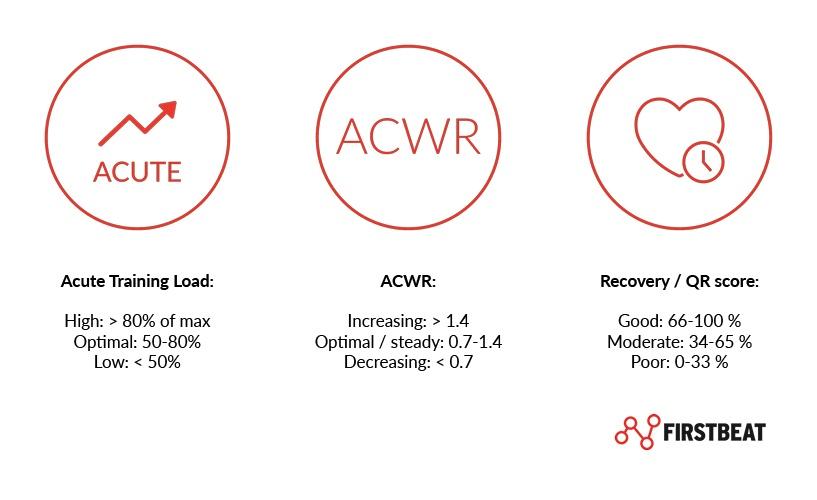
How can I View Training Status in the Firstbeat Sports Platform?
Training Status is visible to Firstbeat Sports Premium users in the following ways:
- A new Training Status gauge and short feedback added to Dashboard Summary section
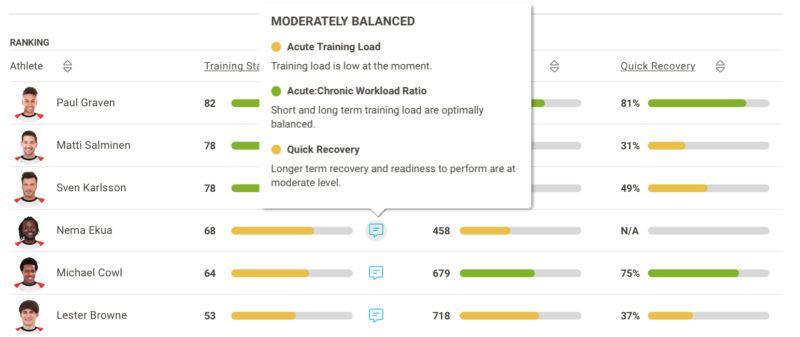
The Training Status gauge appears in Dashboard Summary view, along with concise feedback on each factor behind the Training Status score.
- A new line graph included in the Dashboard Training Chart showing the Training Status score
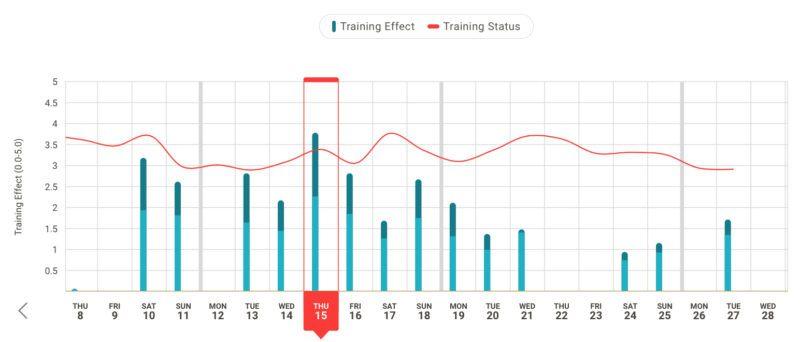
Coaches can track changing Training Status over time via the Dashboard Training Chart.
- Training Status results added to the Dashboard ranking section
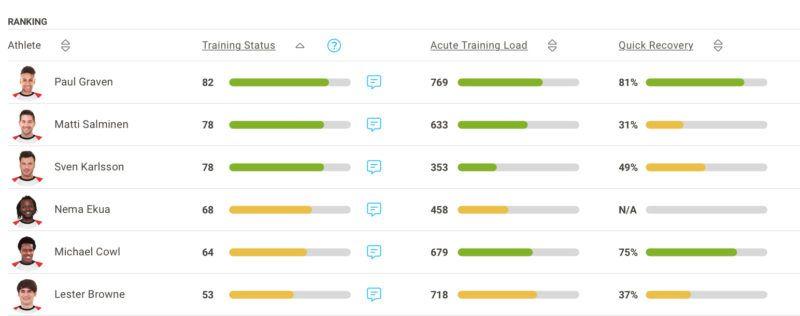
Coaches can rank players by Training Status in the Dashboard ranking section.
You might also be interested in
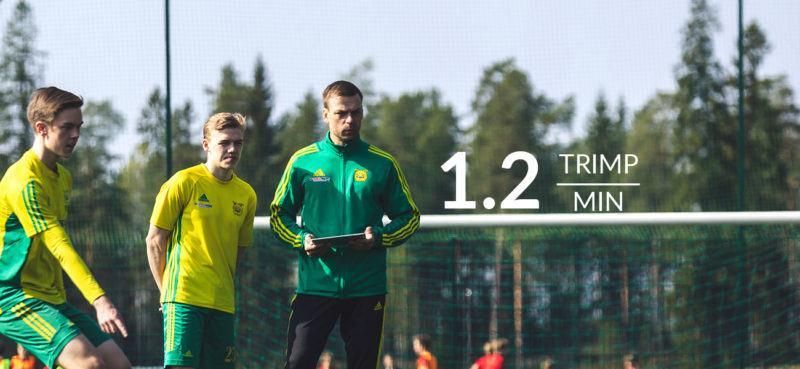
Real-time TRIMP/min: How to Use the Firstbeat Sports App Feature in Training
From replicating game intensity to aiding player rehab, monitoring TRIMP/min has wide-ranging benefits.
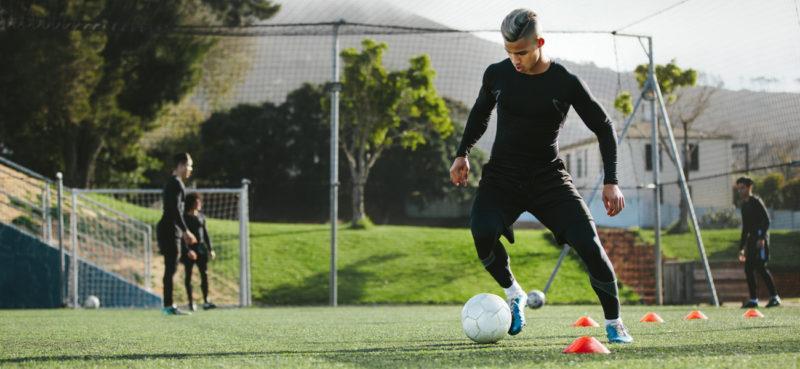
Why Monitor Internal Load in Elite Sports?
A look at the what, how and why of internal load monitoring and why it should form part of your training program.
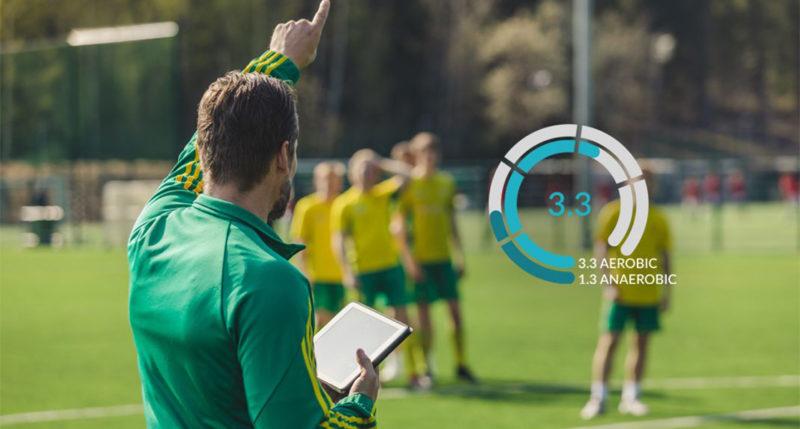
How to Use Training Effect: The Firstbeat Sports Feature that Measures the Impact of Training
In this article, we look at how Training Effect is calculated, the Training Effect scale, and how it is visualized in Firstbeat Sports.


